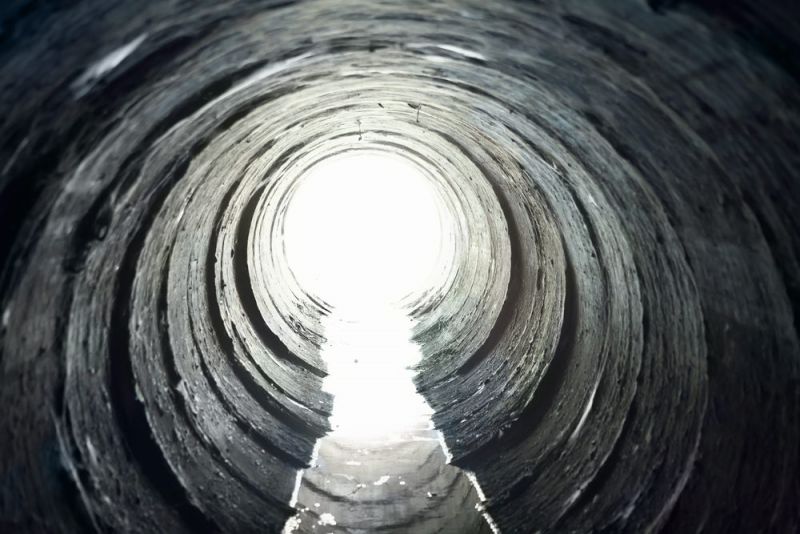New Sewer Concept Makes Energy and Fertilizer From Wastewater
Published on by Water Network Research, Official research team of The Water Network in Government
In a new 75-page report, the Charles River Watershed Association calls for a network of small, decentralized, local wastewater treatment facilities.
When life gives you lemons, make lemonade. When it gives you wastewater, turn it into electricity and fertilizer.
That’s part of the concept behind a new approach to wastewater treatment the Charles River Watershed Association is supporting. With every flush of the toilet, there could be an opportunity conserve water, generate electricity and make a profit, according to proponents of Community Water and Energy Resource Centers approach.

In a new 75-page report, the Charles River Watershed Association calls for a network of small, decentralized, local wastewater treatment facilities. In would go sewage and food waste; out would come clean water and fertilizer, which could then be sold. Along the way, the treatment process would give off methane, which could be used to generate electricity. Thermal energy given off during the process could also be captured and used locally to heat buildings.
The town of Littleton has already embraced the model, which is called CWERC, or Community Water and Energy Resource Centers. Town Meeting recently appropriated $450,000 for planning and design work on what is believed to be the first CWERC treatment plant in the United States.
Littleton Selectman Paul Glavey said the town began working with the Charles River Watershed Association several years ago, when it first contemplated installing sewers in the Littleton Common area, which has septic systems instead of municipal sewers.
“If we’re going to do sewering, why do a traditional sewer when we have the opportunity to do something that was cutting-edge, but much more environmentally responsible?” Glavey said.
He hopes to have a CWERC system online within a few years and wants Littleton to become a model to other communities.
The concept behind CWERCs represents a significant departure from current wastewater management. Traditionally, wastewater has been piped to a large plant at the end of a sprawling regional sewer system. The Deer Island treatment plant, which cost $4 billion when it opened in 2000, treats wastewater from more than 40 communities in Greater Boston, for example.
“Right now, we spend a lot of money treating wastewater, then discharge it into the ocean,” said Julie Wood, a project manager with the Charles River Watershed Association.

Treating water closer to the source, she said, would allow that water to remain in the watershed it came from. Cities and towns could sell that treated water to be used for irrigation, street sweeping, flushing toilets and other applications. Solid waste could be converted into fertilizer and then sold.
Producing electricity and capturing thermal energy closer to the source would be more efficient because there would be less of an opportunity for energy to be lost along the way, Wood said.
On Cape Cod, sewer infrastructure is a major issue, said Paul Niedzwiecki, executive director of the Cape Cod Commission.
The Cape’s population swells when tourists flock there during the summer months. With traditional approaches to water treatment, towns on the Cape invest large amounts of money to “overbuild” their sewer infrastructure to a size that’s only needed for eight weeks out of the year, Niedzwiecki said.
CWERCs, he said, would likely make water treatment considerably less expensive on Cape Cod.
“We’re very supportive of that strategy, which takes a less centralized approach,” he said. “What drives the cost is the distance between hookups and homes. Where we don’t have a city-like density, it’s going to be much more expensive to solve the problem the traditional way.”
Read more: Telegram
Media
Taxonomy
- Treatment
- Decentralized Wastewater
- Wastewater Collection
- Water Supply
- Integrated Water Management
- Water Supply
- Water Management